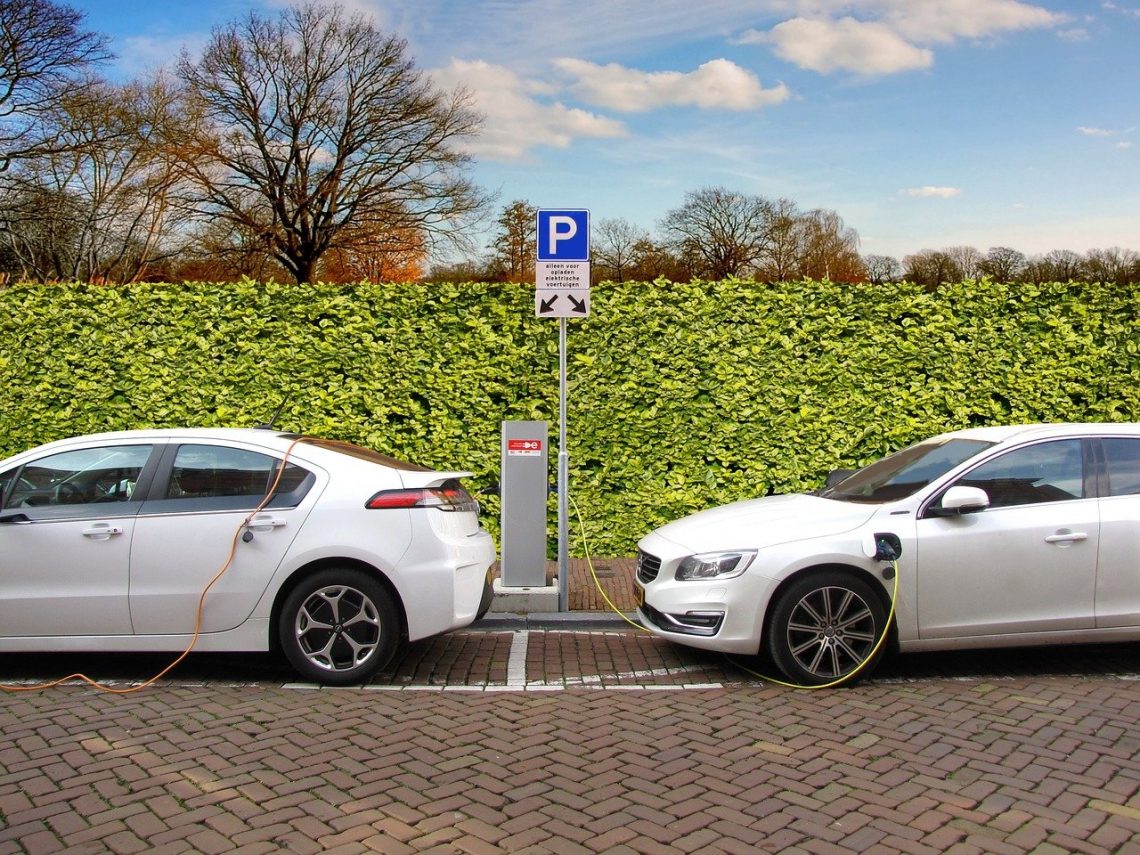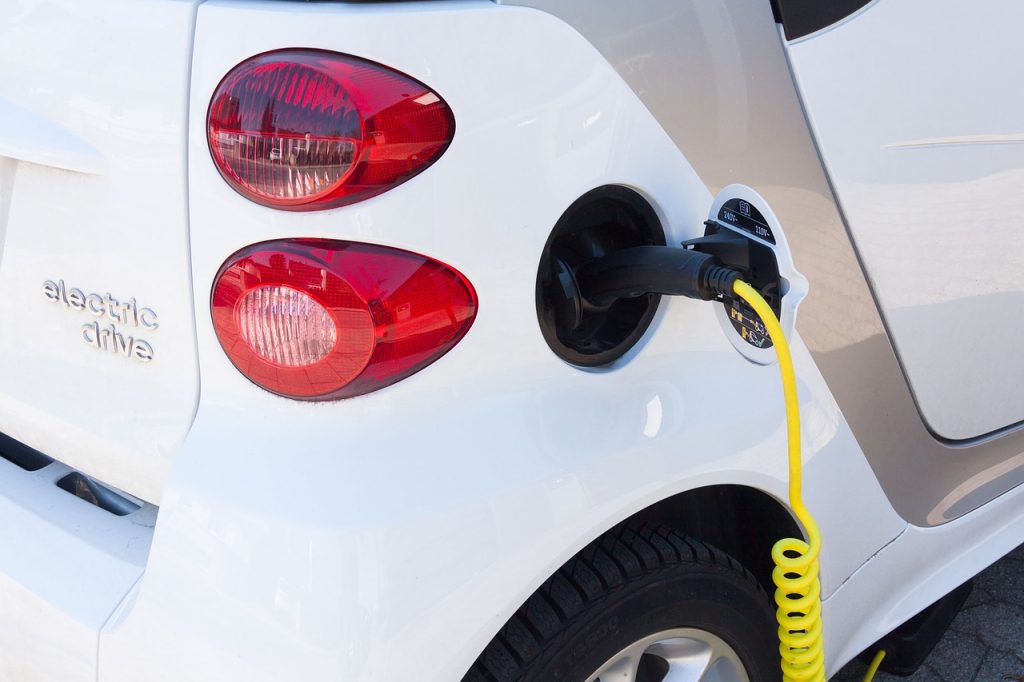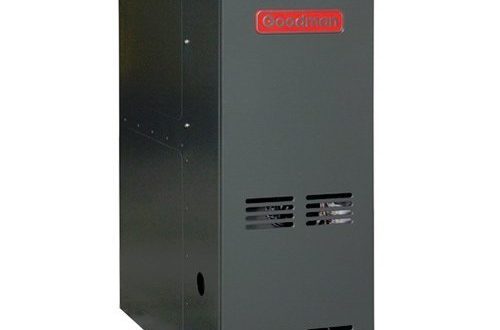
Common Lithium-ion Battery Problems and How to Fix Them
The lithium-ion battery is the best option out there for powering an electric car. They are easy to charge, they last a long time, they have a relatively long lifespan. However, they also come with a few problems due to the materials they are made from and due to the poor use.
It’s important to know how to identify and fix these problems. It’s also important to know which of them can’t be fixed by an average user and require help from a professional to be dealt with safely.
Low voltage
If the lithium-ion battery’s voltage is low, that means that the self-discharge has damaged the lithium structure within the device, and the battery life has been compromised. The same problem can also come about if the battery has been charged with an uneven current.
There are two ways to solve it, depending on the cause. If it’s about the lithium structure, you should charge the bare lithium battery directly using the charger with over-voltage protection. If it’s not, it’s enough to let the battery drain to zero and charge it fully once again using an ordinary charger.
Large internal résistance
This problem can be caused by abnormal heat. It happens when the device was set on fire by accident or when it wasn’t charged as it was supposed to. Similar problems could arise if the battery was stored for too long a time without being checked up and used.
If the problem was caused by long storage, it’s best to charge the battery fully even if it wasn’t used at all during that time. If the cause is the heat, there’s nothing to do but get a new battery.
Lithium-ion battery expansion

Batteries tend to expand when they are being charged. This is normal, but it can sometimes go too far, and it can become noticeable. If the battery grows more than 0.1 mm, it’s a cause for concern and something you should investigate further. This is almost always done by overcharging.
The best way to go is to prevent a problem and not overcharge the battery in the first place. When this wasn’t done on time, there’s very little to do but send the battery to the shop where it can be fixed by a professional.
Battery loss after spot welding
When a Samsung 25r battery needs to be welded, it may end up being damaged to the point that it can’t be used anymore. The reason to weld it is usually to fix the damage that came about during a crash.
Again, it’s best to prevent this problem and not let someone who doesn’t know how to weld a battery operate on your car.
Sometimes the problem is with the spot welding current that’s too large. The solution to this problem is to use spot-welded nickel strips of good quality, even when that’s more expensive.
Battery explosion
This is the most difficult problem you could have with a lithium-ion battery. It usually comes up because of bad charging or due to a car crash. The charging voltage needs to be above 5V to cause this kind of problem, and that’s something you’ll notice far before the explosion if you pay attention.
Such problems also come about due to heat, which means that welding and poor repair skills can cause them. It’s best to leave the repair to the professional if you’re not a skilled welder yourself. Any kind of large repair should be done in a licensed shop to avoid such problems and keep everyone safe.
Featured Image by (Joenomias) Menno de Jong from Pixabay




